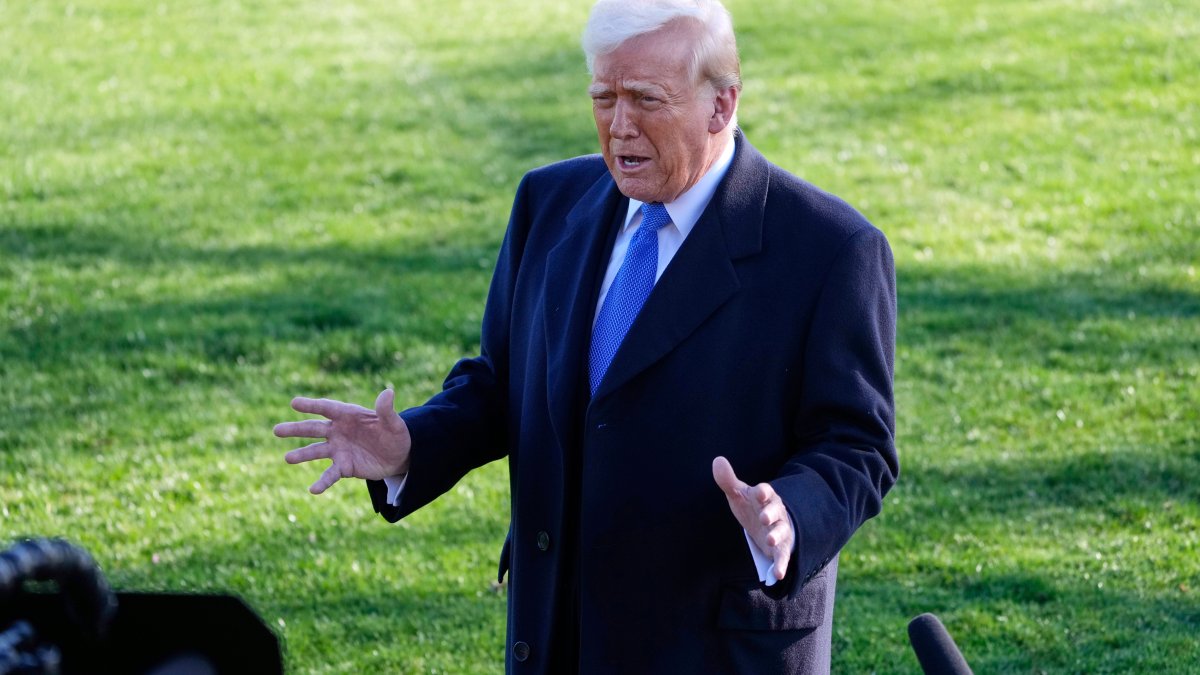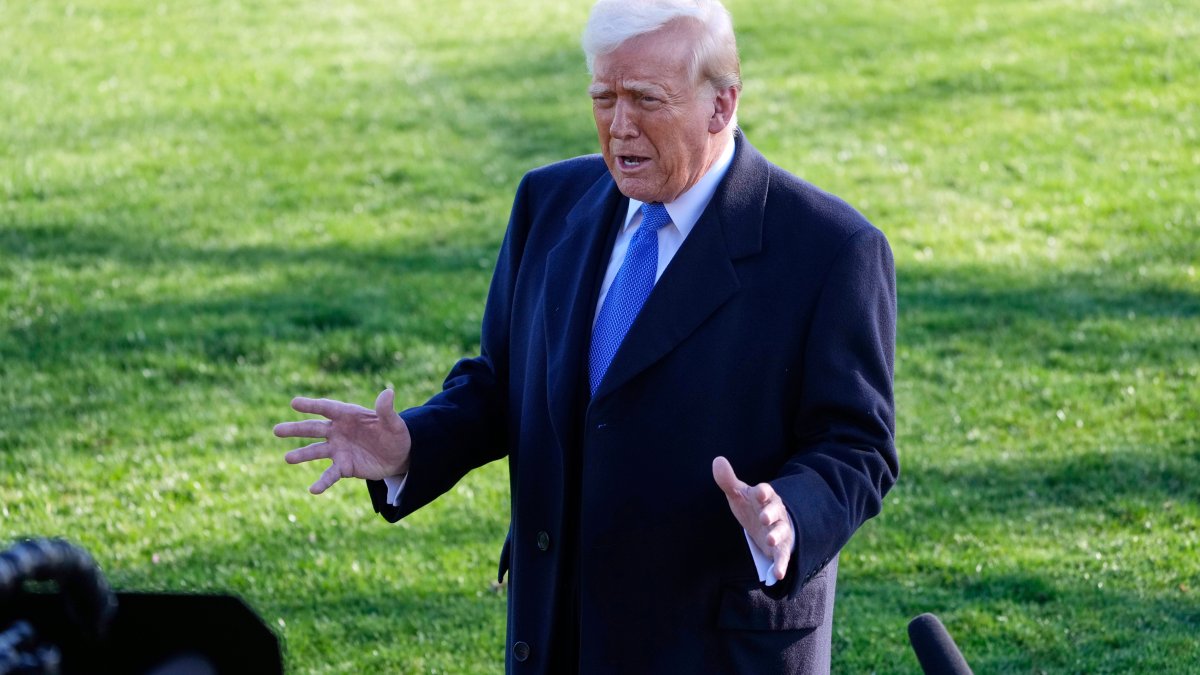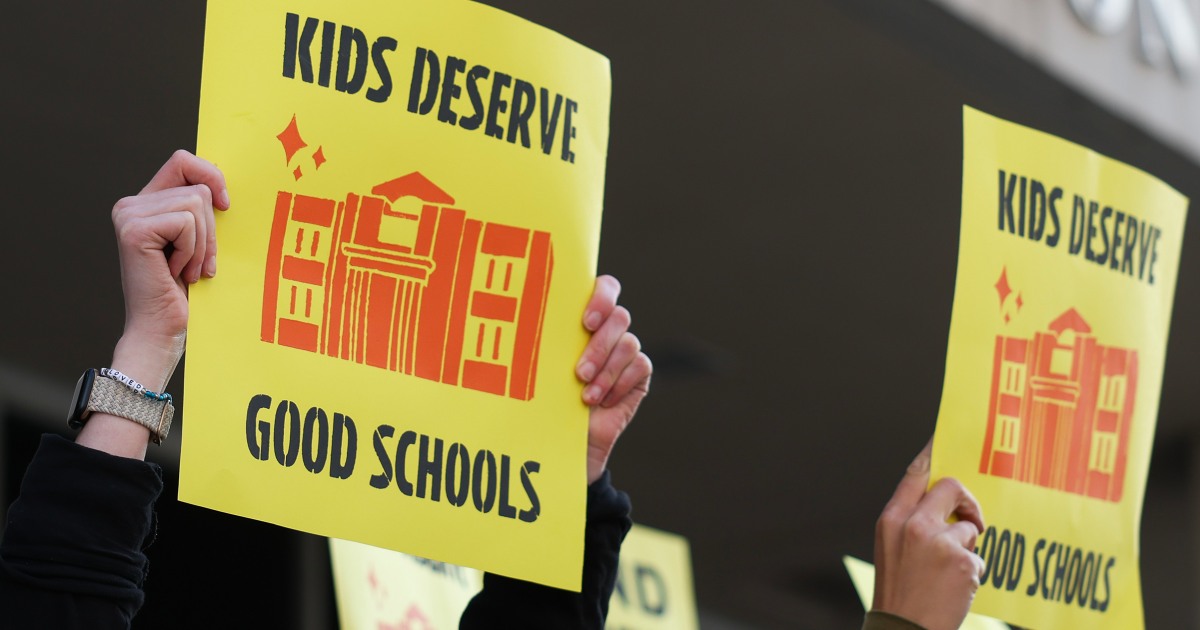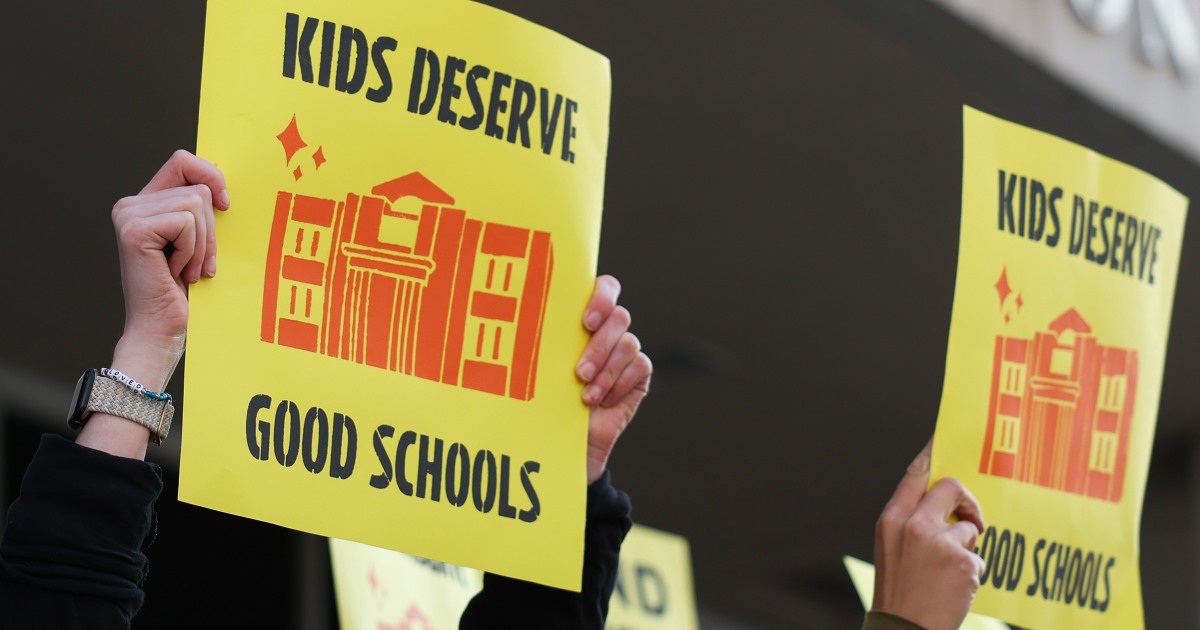## Education Under Siege? Trump Shakes Up Department with Major Restructuring
The Trump administration is making waves again, this time in the world of education. In a move sure to spark controversy, President Trump announced plans to dismantle key Education Department programs and shift them to other agencies. This shakeup comes amidst ongoing debates about the role of the federal government in education and raises serious questions about the future of American students.

Conservative Efforts to Abolish the Department

The push to unwind the Department of Education has been a decades-long effort, with vows from President Ronald Reagan and subsequent Republican administrations to shut it down. Since its creation in 1979, conservatives have been clamoring to abolish the department, viewing it as an overreach of federal authority into education, which has traditionally been the domain of states and local communities.
The department’s relatively small size, with a $268 billion appropriation last year representing only 4% of the U.S. budget, has not diminished its importance in the broader education system. Its duties include oversight of the federal student loan portfolio, civil rights enforcement in schools, and the distribution of billions of dollars to help impoverished and disabled students.

Implications of the Department’s Closure
Student Loan Portfolio Transition
The transfer of the student loan portfolio to the Small Business Administration raises significant concerns for borrowers. The SBA’s primary focus on supporting small businesses may lead to a lack of expertise in managing the complex student loan system, potentially resulting in inefficiencies and disruptions to borrowers.
Furthermore, the transition process itself may lead to a period of uncertainty, during which borrowers may face difficulties in managing their loans or accessing essential services. The potential consequences of this transition are far-reaching, with millions of students and borrowers relying on the department’s services.

Disability Services and Funding
The transfer of services for students with disabilities to the Health and Human Services Department raises concerns about the continuity of these essential services. The Individuals with Disabilities Education Act (IDEA) provides grants to states for the education of children with disabilities, ensuring they have access to a free and appropriate public education.
The potential disruption to these services could have severe implications for students with disabilities and their families, who rely on these programs to access essential resources and support. The department’s role in ensuring compliance with IDEA and providing funding for these programs is critical, and any disruption to these services could have far-reaching consequences.

Civil Rights Enforcement and Data Collection
The Office for Civil Rights’ functions, including civil rights enforcement and data collection, are critical components of the department’s duties. The potential absorption of these functions by other agencies raises concerns about the continuity of these essential services.
The department’s role in enforcing laws aimed at preventing discrimination in schools is critical, and any disruption to these services could have severe implications for students and communities. Furthermore, the department’s Institute of Education Sciences plays a vital role in data collection, statistics, and research monitoring student outcomes, providing essential insights for policymakers and educators.
Practical Aspects and Next Steps
Congressional Approval
The requirement for congressional approval to officially close the department presents a significant hurdle. The executive order signed by President Trump sets in motion a plan to shutter the agency, but it cannot be done without the approval of Congress.
The potential for political opposition and debate in Congress could significantly delay or even prevent the department’s closure. The process of obtaining congressional approval is likely to be complex and contentious, with lawmakers from both parties weighing in on the merits of the proposal.
Staff Reduction and Agency Reorganization
The planned reduction of the department’s staff, announced earlier this month, raises concerns about the impact on the agency’s operations and services. The reorganization of its functions among other agencies is likely to be a complex and challenging process, requiring significant planning and coordination.
The potential consequences of this reorganization are far-reaching, with millions of students, borrowers, and educators relying on the department’s services. The efficient and effective transfer of these services is critical, and any disruption could have severe implications for the broader education system.
Public Reaction and Future of Education Policy
The public’s response to the executive order has been divided, with some hailing the move as a necessary step towards decentralization and others expressing concerns about the potential consequences for education policy.
The implications of the department’s closure are likely to be significant, with potential consequences for education policy in the years to come. The shift towards greater state and local control over education policy could lead to a more decentralized approach, with potential benefits and drawbacks.
Conclusion
The Trump administration’s announcement to shift key Education Department programs to other agencies represents a significant shakeup in the landscape of American education policy. This move, driven by the administration’s stated aim of streamlining government functions and reducing bureaucracy, will undoubtedly have far-reaching implications for funding, oversight, and the very nature of educational initiatives across the country. While proponents argue for increased efficiency and autonomy, critics fear a dilution of focus and potential for politicization, especially concerning programs like student loan forgiveness and special education services.
The future of these programs remains uncertain, with questions swirling around their implementation and potential impact on students, educators, and institutions. Will these changes lead to a more effective and responsive education system, or will they exacerbate existing inequalities and weaken crucial support structures? The answers to these questions will likely unfold over the coming months and years, shaping the educational landscape for generations to come.
This isn’t just about shuffling paper; it’s about the very foundation of opportunity in America. The decisions made today will determine whether education remains a beacon of hope and empowerment, or becomes another casualty in the ongoing battle for resources and influence. The eyes of the nation, and indeed the world, are watching.


Add Comment